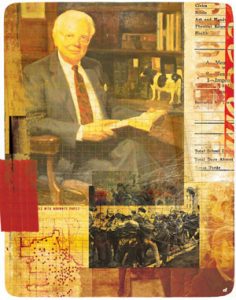A Community Lawyering
(Gratitude to Rodrigo Sanchez for assistance in compiling data on 53206.)
The Shriver Center in Chicago provides training on a particular model of community-based lawyering. They define “community lawyering” as “using legal advocacy to help achieve solutions to community-identified issues in ways that develop local leadership and institutions that can continue to exert power to effect systemic change.” The concept grew out of the older ideas of community organizing generally pioneered by Saul Alinsky’s work in 1930s and 40s Chicago, where, broadly speaking, the goal is to promote the empowerment of citizens, i.e. members of the community, to address problems and effect change. These ideas were applied to the practice of law at least as far back as 1970 in the form of a Yale Law Journal article where Stephen Wexler outlined a number of ways in which effective lawyering in an impoverished community is different from the traditional practice of law.
Whereas the traditional lawyering model sets up an adversarial dynamic between parties, community lawyering may engage alternative systems of relational power or power sharing aimed at ultimate reconciliation or compromise, founded on a recognition of common interests between parties. (See Ross Dolloff & Marc Potvin, Community Lawyering—Why Now?, 37 Clearinghouse Review 136 (July–Aug. 2003)). Whereas traditional lawyering may entail simply spotting issues that can be resolved through litigation or formal legal recourse, community lawyering can approach citizen-identified problems as opportunities to engage stakeholders in a broader conversation in the hope of building authentic, trusting relationships. Whereas the traditional lawyer model is that of a litigator, negotiator of claims, and counselor to the client, the community lawyer’s focus may be to “develop inside the client population a sustainable knowledge base that allows the population to build foundations for opportunity from within,” to identify and defeat the causes of poverty. Whereas in the traditional lawyering model the attorney is the “voice” of the client before the court, in a community lawyering model, the strategy and policies are accountable to the voice of the population being served. The lawyer assists a community in identifying a structural barrier (access to economic resources, housing, sustainability, stability, employment opportunities, political voice, etc.) and then helps build capacity within the community to take action (through organizing, relationship building, advocacy, policy development, traditional case work, etc.).
The Legal Aid Society of Milwaukee applied for and received a grant funded by the Wisconsin Trust Account Foundation to introduce its related but unique approach of embedding lawyers into communities called “neighborhood lawyering,” focused on two targeted communities in Milwaukee.

 A
A